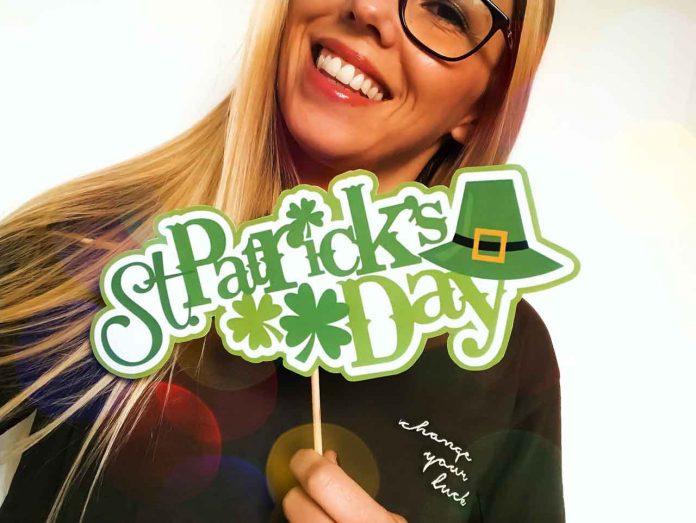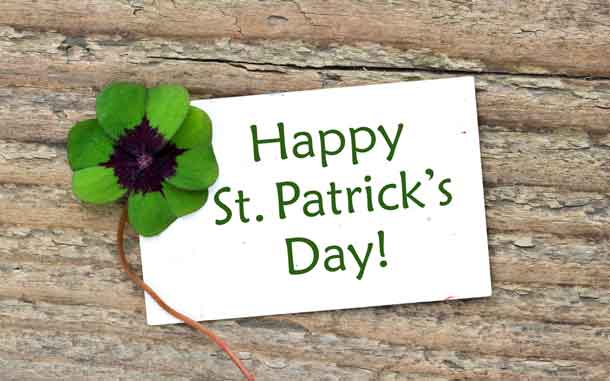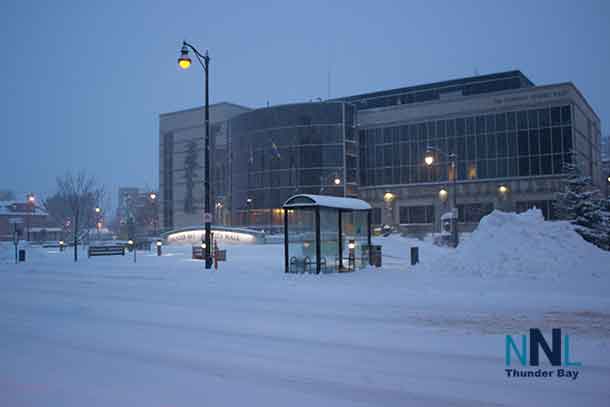St. Patrick’s Day is a global celebration of Irish culture that takes place annually on March 17th, the anniversary of the patron saint of Ireland’s death in the fifth century.
But how did this religious feast day become a festive occasion of parades, green attire and shamrocks? Here are some surprising facts about the history of St. Patrick’s Day.
Who Was St. Patrick?
St. Patrick was born in Roman Britain in the late fourth century, and was kidnapped by Irish raiders at the age of 16. He spent six years as a slave in Ireland, where he learned the Irish language and culture. He escaped and returned to Britain, but felt a calling to go back to Ireland as a Christian missionary. He arrived in Ireland around 432 CE and spent the next 30 years preaching, baptizing and building churches. He is credited with converting thousands of Irish people to Christianity and establishing the foundations of the Irish church. He died on March 17, 461, and was buried at Downpatrick in Northern Ireland.
When Was the First St. Patrick’s Day Celebrated?
The first recorded celebration of St. Patrick’s Day was in 1631, when the church declared March 17 a feast day in honor of St. Patrick. The day was observed with religious services and modest feasts in Ireland, where it remained a minor holiday for centuries. However, the first St. Patrick’s Day parade took place not in Ireland, but in America. In 1601, a Spanish colony in St. Augustine, Florida, held a parade and a celebration in honor of St. Patrick, organized by the Irish vicar Ricardo Artur. More than a century later, in 1772, Irish soldiers serving in the British army marched in New York City to commemorate their heritage and patron saint.
How Did St. Patrick’s Day Become a Secular Holiday?
The transformation of St. Patrick’s Day from a religious holiday to a secular celebration of Irish culture was largely due to the Irish immigrants who settled in America, especially in the 19th century. Facing discrimination and hardship, the Irish formed communities and organizations to preserve and promote their identity and heritage. They also used St. Patrick’s Day as a way to express their pride and solidarity, and to assert their political and social influence. The parades became larger and more elaborate, featuring bagpipes, drums, banners and floats. The cities with the largest Irish populations, such as New York, Boston, Chicago and Philadelphia, hosted the most spectacular celebrations[^4^][4].
What Are Some St. Patrick’s Day Traditions and Symbols?
St. Patrick’s Day is now associated with many traditions and symbols that reflect both the religious and cultural aspects of the holiday. Some of them are:
– Wearing green: Green is the color of Ireland, also known as the Emerald Isle. It is also the color of the shamrock, a three-leaf clover that St. Patrick used to explain the Holy Trinity to the Irish people. Wearing green on St. Patrick’s Day is a way of showing respect and loyalty to Ireland and St. Patrick.
– The Shamrock: The shamrock is the national emblem of Ireland and a symbol of St. Patrick. It is said that St. Patrick used the shamrock to illustrate the concept of the Father, the Son and the Holy Spirit as one God. The shamrock is also a sign of good luck and prosperity.
– Leprechauns: The leprechaun is a mythical creature from Irish folklore, a mischievous and cunning fairy who likes to make shoes and hoard gold. According to legend, if you catch a leprechaun, he will grant you three wishes in exchange for his freedom. The leprechaun is often depicted as a small bearded man wearing a green coat and hat.
– Corned beef and cabbage: This is a traditional Irish-American dish that is served on St. Patrick’s Day. It originated from the Irish immigrants who substituted corned beef for bacon, which was cheaper and more available in America. Cabbage was also a cheap and abundant vegetable that complemented the meat. The dish became a staple of the Irish-American cuisine and a symbol of their heritage.





